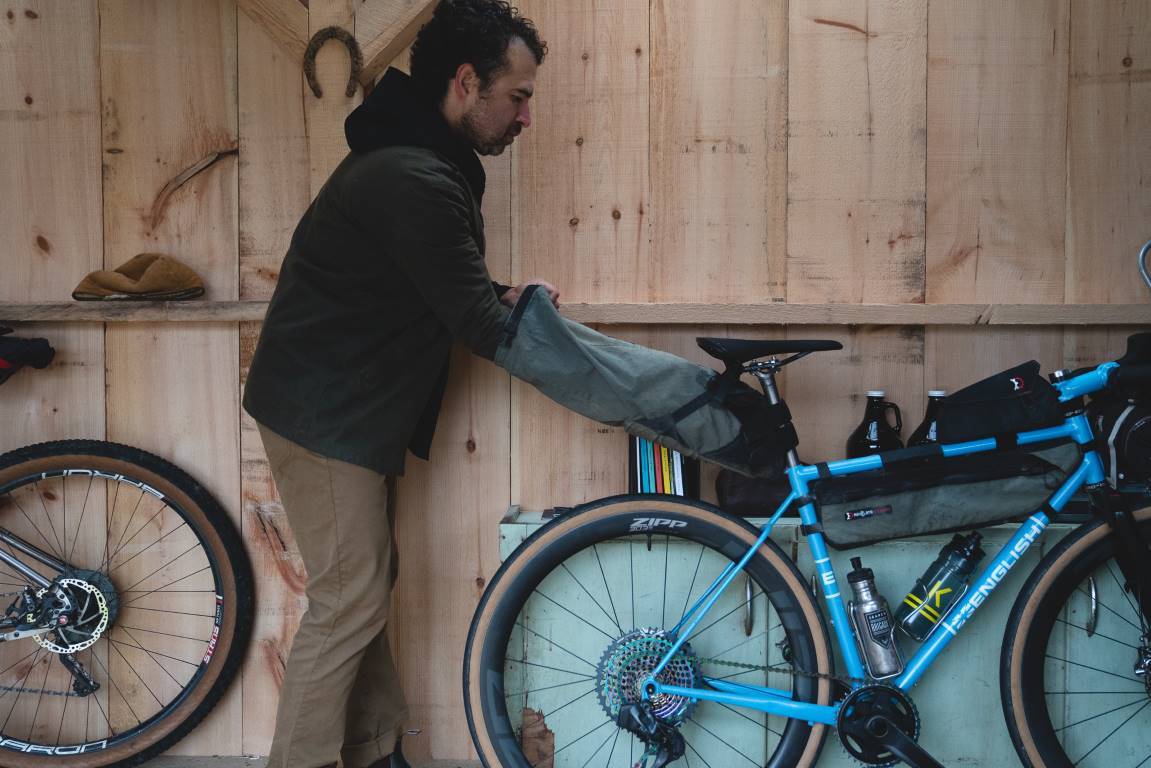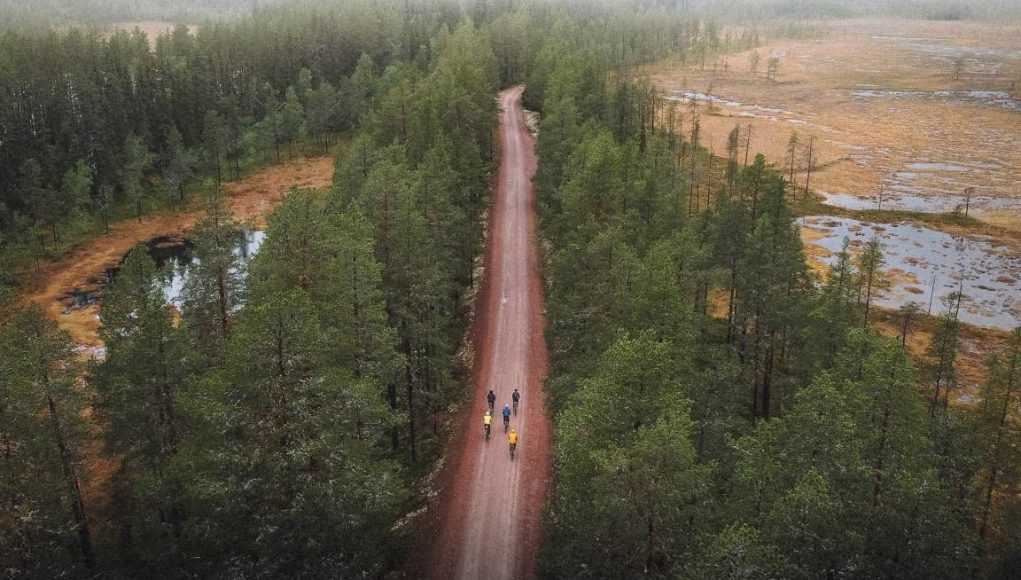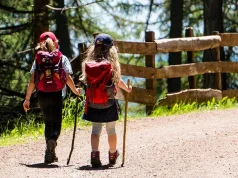As the pandemic wages on, many of us are struggling to find an answer to the question “when will I safely be able to travel again?”
But there’s great news, you can travel safely right now – and with minimal packing. Grab your backpack, toothbrush, camera and – your bike. Bikepacking will be one of the fastest growing (socially distanced) travel trends of 2021. Bikepacking allows you to explore remote areas, ways to capture the wonder of a backcountry hike or an off-the-beaten track trek.
Bikepacking has a growing list of pros including choosing your own multi-day adventure. You can opt for a quick weekend trip or a more involved week-long trek and plan to camp in-between stops overnight or bike from one hotel to another each night. And the best part? You can most likely use the bike you already own. The leap from your favorite long ride to taking a bikepacking trip isn’t enormous, you might just need a little guidance navigating the ‘where’, ‘when’, ‘how’s’.

Joe Cruz, bikepacking guru and founder of Bikepacking.com, breaks down the ins and outs of planning your first bikepacking trip:
WHAT TO RIDE: The bicycle you have will likely be just fine and will help determine what kind of trip you go on, but don’t come to bikepacking thinking that you need to buy a new bicycle for it. If you have a road racing bike, you can explore dirt roads and some smooth doubletrack, and maybe even some light singletrack where you can happily underbike. (Underbiking is when you intentionally ride a bike that is less capable than what is optimal on that terrain). If your bike is a full suspension mountain bike, that’s great, too, and maybe you’ll look for chances to bikepack on fairly demanding singletrack linking up various riding areas with a minimal amount of road riding in between.
WHERE TO GO: Decide how much time you have first. He recommends making the first few trips two-nighters. Perhaps check out of work early on Friday, ride all day Saturday, and then return home by Sunday evening. Want to get peddling this weekend? Joe can share a few go-to routes (varying degrees) for any corner of the US.
For example, you can try the Finger Lakes Overnighter, an approachable multi-surface 62-mile loop that’s perfect for families or those with limited bikepacking experience. Have a little more time to getaway? You can try the Michigan North Country Traverse, a fantastic 4-6 day adventure offering remote trails, lush river corridors, old growth forest, and everything great about Northern Michigan.

GEAR TO PACK:
GPS: The last thing you want is to be lost at sunset. Joe relies for the Karoo to keep him on track. Most cycling computers are pretty similar in the data they are able to monitor (they have Bluetooth capabilities and are fairly compact). Where the Karoo stands out is their mapping features – you are able to create and plan any route ahead of time to explore new areas but this one even allows you to reroute on the fly if needed.
Clothing: Joe’s top packing piece of advice? Do not overpack. For an overnighter you might want to wear fresh chamois for the second or third day, but the rest of the kit can be worn again. But don’t leave behind a rain jacket, spare socks, and some light packable clothing to wear at camp. If it’s likely to be chilly, bring a compact puffy jacket or vest.
Tools + Bike Gear:
It’s better to be over-prepared than under but packing light is both a pleasure and a necessity with bikepacking. Everything brought will need to have a specific and strongly expected purpose. A few of Joe’s core packing list items include:
- Headlamp
- Rear blinker
- Tiny pocket knife
- Camera (plus spare memory card and batteries)
- Multi tool
- Patches and glue
- Pump wrapped in duct tape
- Toothbrush / toothpaste
- Travel pack of wet wipes
- Tiny first aid kit and Ibuprofen
- Sunscreen
- Toilet paper
- ID, cash, credit cards
- Smartphone
BAGS TO BRING: Joe explains “No need to spend loads of money on fancy bags at first. An economical way to get started is to fit an inexpensive rear rack and attach a dry bag to it. In that one put a tent, waterproofs, and cooking kit. Another dry bag with sleeping bag and spare clothes can be attached to the handlebars (be sure to test out the attachment method before the day of the trip!). A simple frame bag or a top tube bag can be a nice addition for carrying sundries.






